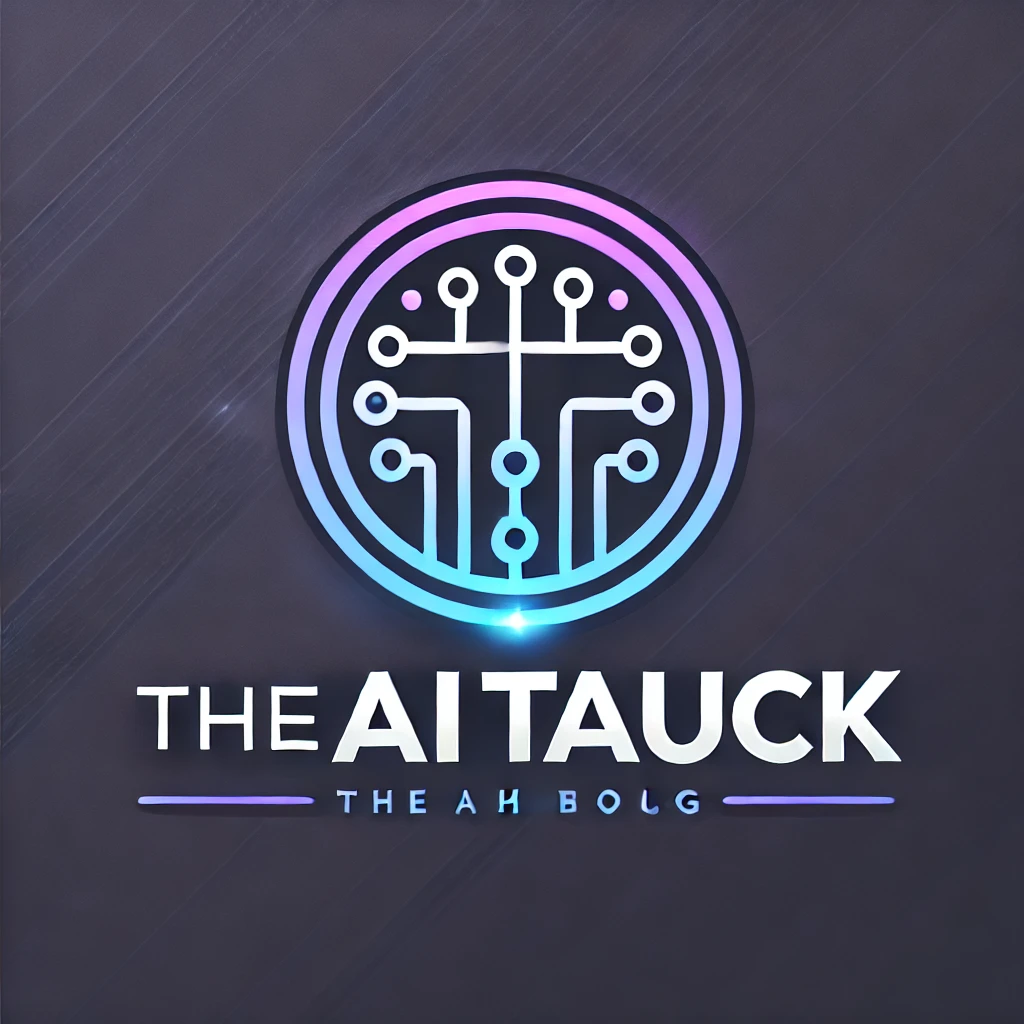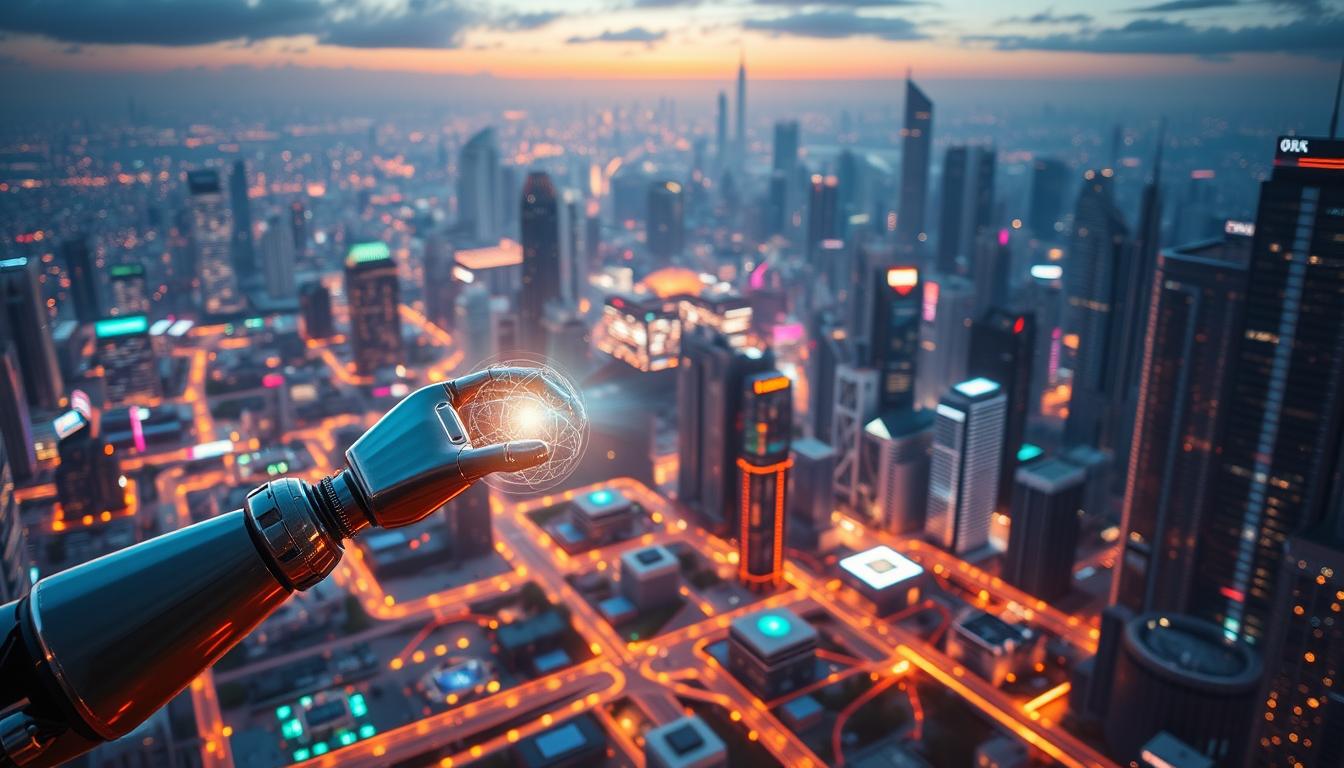When you dive into the latest tech, you’ll see Artificial Intelligence (AI) and Internet of Things (IoT) coming together. This mix is changing many parts of our lives and work in India.
The global AIoT market is set to grow a lot. This is because people want more smart devices and clever apps. So, the future of AI and IoT looks bright, with uses in smart homes, factories, and more.
Key Takeaways
- Understanding the convergence of AI and IoT
- Exploring AIoT applications in various industries
- The role of AI in smart homes and industrial automation
- The future prospects of AI + IoT trends
- Potential challenges and opportunities in AIoT adoption
The Convergence of AI and IoT: Transforming India’s Digital Landscape
The mix of AI and IoT is changing India’s digital world. It’s making things more efficient and automated. You’ll see how AI boosts IoT, making daily life better and more responsive.
How AI Enhances IoT Capabilities in Everyday Applications
AI’s smart analysis meets IoT’s network power. This combo leads to smarter choices and more automation. For example, in smart homes, AI helps devices adjust settings based on your habits.
- Enhanced data analysis and insights
- Improved device interoperability
- Increased automation and efficiency
The Emergence of AIoT (AI + IoT) Ecosystems
AI and IoT together create AIoT systems. These systems are changing many Indian industries. They make data processing faster, predict maintenance needs, and improve customer service.
Key features of AIoT ecosystems include:
- Real-time data analytics
- Predictive maintenance and quality control
- Personalized customer experiences
Economic Impact on Indian Industries and Services
The AI and IoT merge is big for India’s economy. It boosts efficiency and cuts costs in many sectors. This leads to more growth and competition.
As AI and IoT keep merging, we’ll see more new uses and economic gains. This will be especially true in 2025 and later.
Top Trending AI + IoT (Artificial Intelligence + Internet of Things) Technologies of 2025
The mix of AI and IoT is leading to big tech leaps in 2025. You’ll see many important technologies becoming more popular.
Edge Computing Revolution in Connected Devices
Edge computing is changing connected devices by cutting down on delays and improving quick processing. It’s key for things like self-driving cars and smart homes.
Smart Sensors and Real-Time Data Analysis
Smart sensors are getting smarter, allowing for instant data analysis and smarter choices. They’re important in fields like making things, health care, and farming.
Cloud-Based IoT Systems with AI Integration
Cloud-based IoT systems with AI are growing, offering better data handling. This combo helps companies understand big data, leading to smarter choices.
Machine Learning Models for Predictive Analytics
Machine learning models are used for predicting the future. They look at past data to guess what’s coming, helping businesses get ready.
Natural Language Processing in IoT Interfaces
Natural Language Processing (NLP) is making IoT interfaces easier to use. It lets people talk to devices naturally, making things more user-friendly.
These technologies are getting better, leading to more innovation and change in many areas. Keeping up with these trends is key for businesses and people wanting to use AI + IoT to its fullest.
Smart Home Transformation: Case Studies from Indian Metros
Exploring smart homes in India, you’ll find exciting changes in big cities. AI and IoT are changing how we manage our homes. They make our living spaces better, safer, and use less energy.
Mumbai High-Rise: Complete Smart Home Automation with AI
In Mumbai, a high-rise building has gone fully smart with AI. It lets people control lights, temperature, and entertainment from anywhere. The AI gets to know what people like, saving energy and making life easier.
Bangalore Tech Hub: Voice-Controlled IoT Ecosystems
Bangalore, full of tech lovers, uses voice-controlled IoT systems. These systems let people control their homes with voice commands. It makes life more fun and efficient, making daily tasks simpler.
Delhi NCR: AI-Enhanced Security Systems for Residential Complexes
In Delhi NCR, homes have better security thanks to AI. These systems spot and handle security risks, giving residents peace of mind. AI has made homes safer, improving overall security.
Energy Optimization Through Predictive Learning
AI helps homes use less energy by learning how much is needed. It looks at how much energy is used and predicts future needs. This saves energy and money for homeowners.
Personalization and Adaptive Environments
AI smart homes can adjust to fit what residents like. They learn habits and adjust settings for comfort. This makes homes truly smart and tailored to each person’s needs.
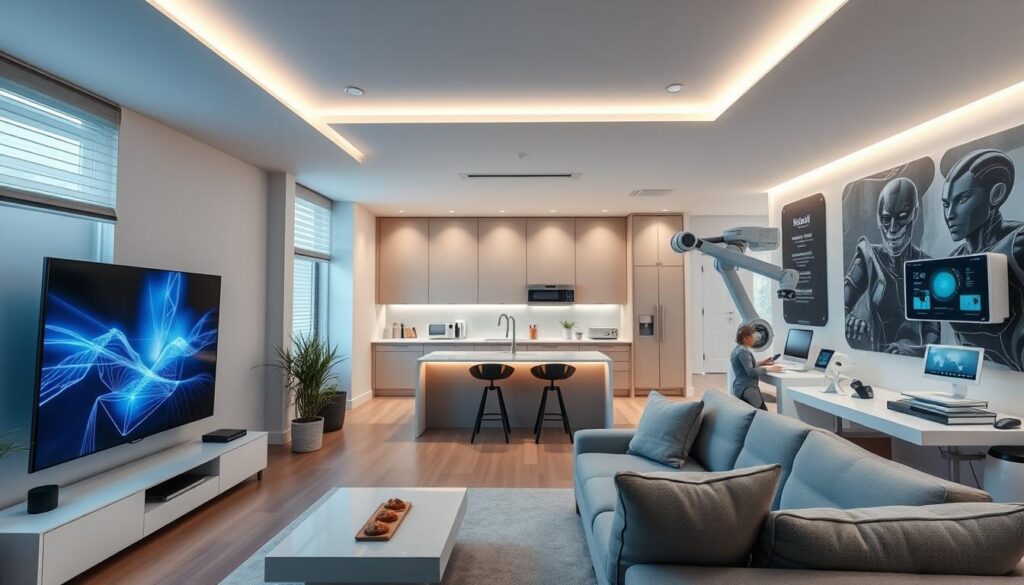
Industrial IoT and AI: Manufacturing Success Stories
In the industrial sector, IoT and AI are changing how things are made. These technologies boost efficiency, productivity, and quality.
Tata Steel: Predictive Maintenance with AI Reducing Downtime by 30%
Tata Steel uses AI for predictive maintenance. This has cut downtime by 30%. AI looks at sensor data to spot potential issues early.
Mahindra Automotive: Quality Control Through AI Vision Systems
Mahindra Automotive uses AI vision systems for quality checks. These systems use cameras and AI to find defects humans might miss.
Reliance Industries: Digital Twins for Process Optimization
Reliance Industries uses digital twins to improve their processes. A digital twin is a virtual copy of a real process. It lets them monitor and simulate in real-time.
ROI Analysis of AI-IoT Implementation
AI and IoT can bring big returns on investment. A detailed ROI analysis shows the financial gains of these technologies.
| Company | Technology Implemented | ROI |
|---|---|---|
| Tata Steel | Predictive Maintenance | 25% |
| Mahindra Automotive | AI Vision Systems | 30% |
| Reliance Industries | Digital Twins | 20% |
Workforce Adaptation and Training
As AI and IoT grow, training workers is key. Employees need to learn how to use these new tools.
Smart Cities: AI-Powered Urban Development Projects in India
The smart city mission in India is using AI and IoT to make cities better. You’ll see big changes in many cities.
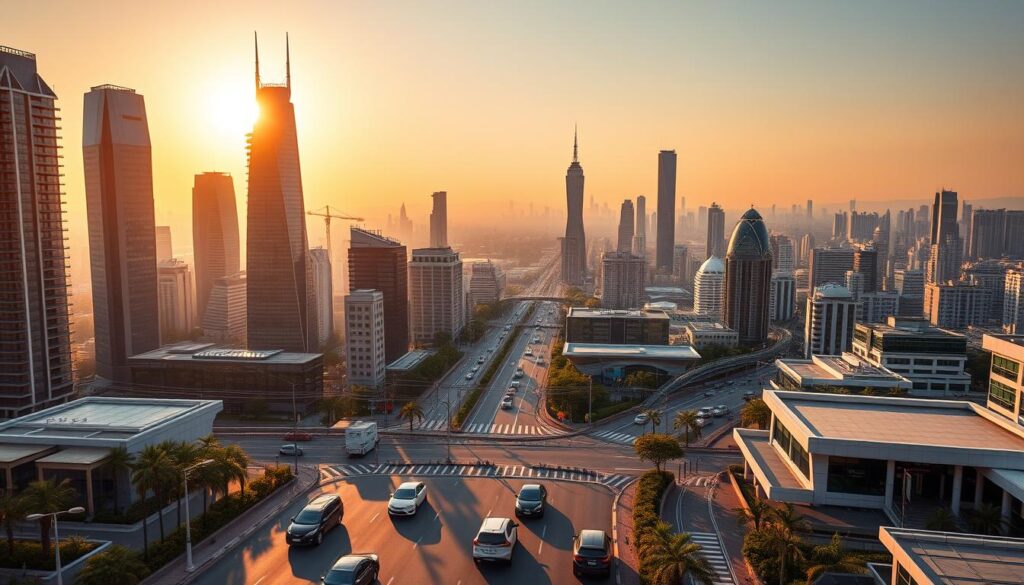
Pune Smart City: AI-Based Traffic Management Systems
Pune has a new AI traffic system to cut down on traffic jams. It uses data to adjust traffic lights, making travel smoother and cleaner.
Chennai: IoT Sensors for Flood Monitoring and Prevention
Chennai uses IoT sensors to watch for floods and prevent them. These sensors give updates on water levels, helping officials act fast during rain.
Surat: Waste Management and Environmental Monitoring Networks
Surat has set up systems to track waste and the environment. It uses IoT to check on waste and air and water quality.
Public-Private Partnership Models
These projects often team up government and private companies. This partnership helps with the needed skills and money for big projects.
Citizen Engagement Through Mobile Applications
Mobile apps help people get involved in their cities. They can report problems, use public services, and help decide on city plans.
Healthcare Revolution: AI and IoT Integration in Indian Hospitals
India’s healthcare is changing fast with AI and IoT. These technologies are making patient care better and hospital work smoother.
Remote Patient Monitoring: Apollo Hospitals’ Initiative
Apollo Hospitals started a remote patient monitoring system. It lets doctors keep an eye on patients’ health from afar. This means fewer hospital visits and more patient involvement.
AI-Powered Diagnostic Tools: AIIMS Delhi’s Rural Telemedicine
AIIMS Delhi is using AI for telemedicine in rural areas. It helps catch diseases early and improve health outcomes in the countryside.
Hospital Resource Optimization: Manipal Health Enterprises
Manipal Health Enterprises is using AI and IoT to manage resources better. They use predictive analytics and sensors to save money and improve care.
Wearable Technology for Preventive Healthcare
Wearable tech is key for early health checks. It tracks vital signs and health metrics. This helps catch health problems before they get worse.
Data Privacy in Healthcare IoT
IoT devices in healthcare need strong data protection. Hospitals are taking steps to keep patient information safe and private.
| Hospital | AI/IoT Application | Benefit |
|---|---|---|
| Apollo Hospitals | Remote Patient Monitoring | Continuous care outside hospitals |
| AIIMS Delhi | AI-Powered Diagnostic Tools | Improved rural healthcare access |
| Manipal Health Enterprises | Hospital Resource Optimization | Streamlined resource allocation |
AI and IoT are changing healthcare in India. As these technologies grow, we’ll see more ways to improve patient care and hospital management.
Agricultural Transformation: Smart Farming Case Studies
AI and IoT are changing farming. Now, we see a big move to precision agriculture. This means using tech to get better crop yields and cut down on waste.

Punjab Wheat Farms: Precision Agriculture with Drone Technology
In Punjab, wheat farms use drone technology for better crop care. Drones with cameras and sensors spot problems like pests or water issues early. This lets farmers act fast.
Karnataka Coffee Estates: IoT-Based Irrigation and Resource Management
Karnataka’s coffee farms use IoT-based irrigation systems to save water. These systems check soil moisture and temperature. They make sure crops get just the right amount of water.
Maharashtra Vineyards: AI-Driven Crop Health Monitoring Systems
Maharashtra’s vineyards use AI-driven crop health monitoring to catch diseases and pests early. This helps farmers prevent problems. It means less use of harmful chemicals and healthier crops.
Cost-Benefit Analysis for Small and Medium Farmers
Small and medium farmers need to think about the costs and benefits of smart farming. The tech costs a lot at first. But, it can lead to more crops, less waste, and better use of resources in the long run.
Government Initiatives Supporting AgriTech
Government help is key for farmers to use AgriTech. There are schemes and subsidies to make smart farming tech more affordable. This helps farmers all over India.
Implementation Challenges and Solutions for AI + IoT Ecosystems
Setting up AI + IoT systems can be tough. You might face problems like keeping data safe and dealing with connectivity issues. Knowing how to solve these problems is key.
Data Security and Privacy: Indian Context and Regulations
In India, keeping data safe and private is a big deal. The Information Technology Act, 2000, and the Personal Data Protection Bill, 2019 are important rules. It’s crucial to protect IoT devices and the data they collect.
Connectivity Issues in Rural Areas: Last-Mile Solutions
Getting connected in rural areas is hard. Last-mile solutions like satellite internet, LoRaWAN, and Sigfox can help. Satellite internet, for example, works in places where regular internet doesn’t.
Integration Strategies for Legacy Systems
Making AI and IoT work with old systems is tricky. But, there are ways to do it. Start with less important systems first. This lets you test and improve before moving on.
Cost-Effective Upgrade Paths for SMEs
For small businesses, finding affordable ways to upgrade is important. Using cloud-based IoT solutions can save money. Edge computing also helps by cutting down on data costs and improving speed.
Hybrid Cloud-Edge Deployment Models
Hybrid models mix cloud and edge computing. This makes AI + IoT systems better and cheaper. It’s a flexible and scalable way to improve your setup.
| Challenge | Solution | Benefit |
|---|---|---|
| Data Security | Compliance with Indian regulations | Enhanced trust and compliance |
| Connectivity Issues | Last-mile solutions like LoRaWAN | Improved coverage in rural areas |
| Legacy System Integration | Phased integration approach | Reduced risk and cost |
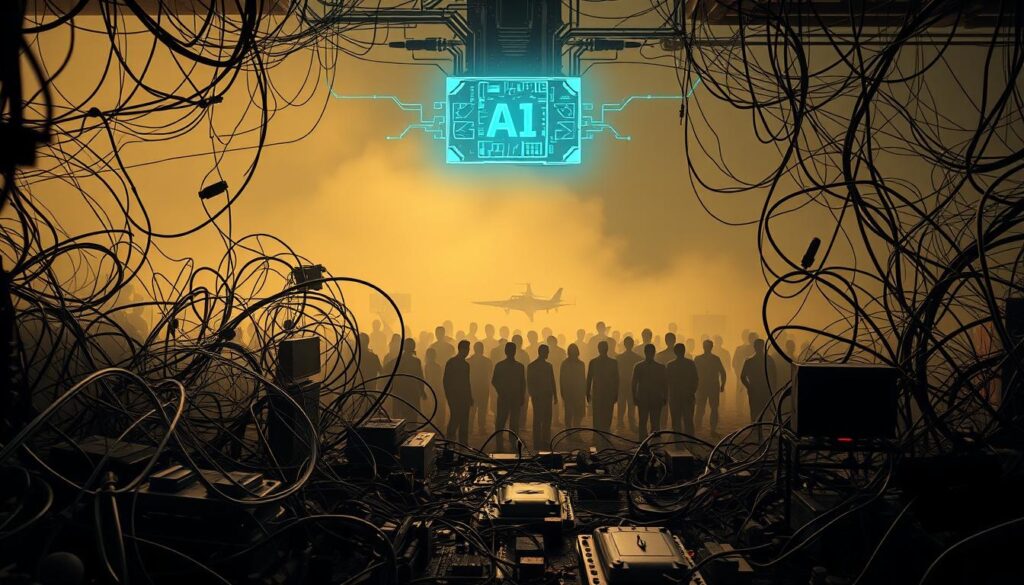
Conclusion: The Future of AI and IoT in India’s Digital Economy
The mix of AI and IoT is changing India’s digital world. The future looks bright, with AI and IoT devices everywhere. They will help in many areas, like farming and self-driving cars.
These technologies will keep growing, leading to smarter cities and better healthcare. Keeping up with new tech is key to using them well.
India’s future with AI and IoT is exciting, full of chances for new ideas and growth. It’s important to know how these technologies can help us move forward in different fields.
